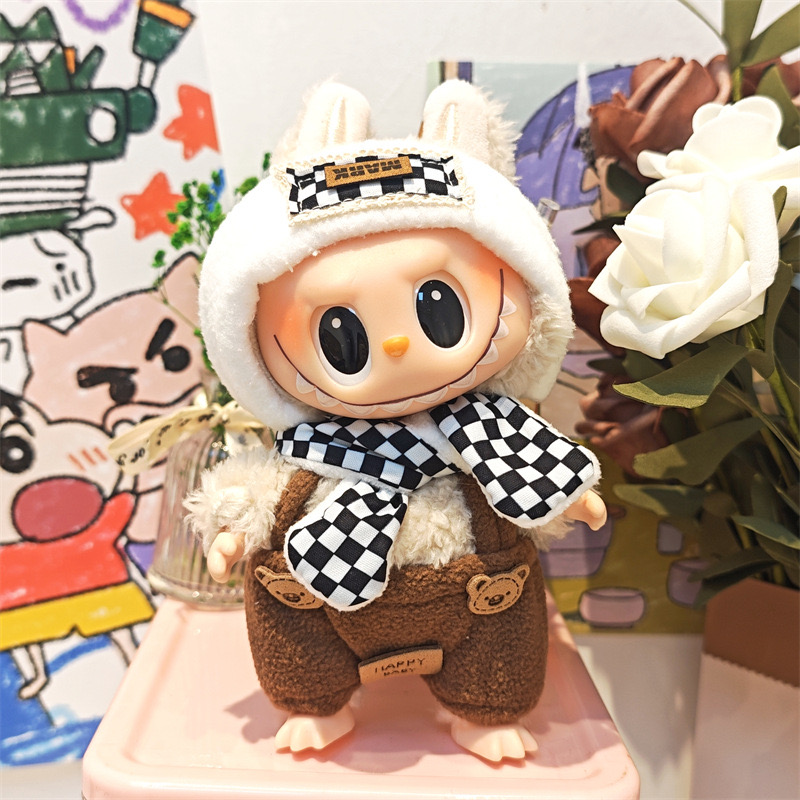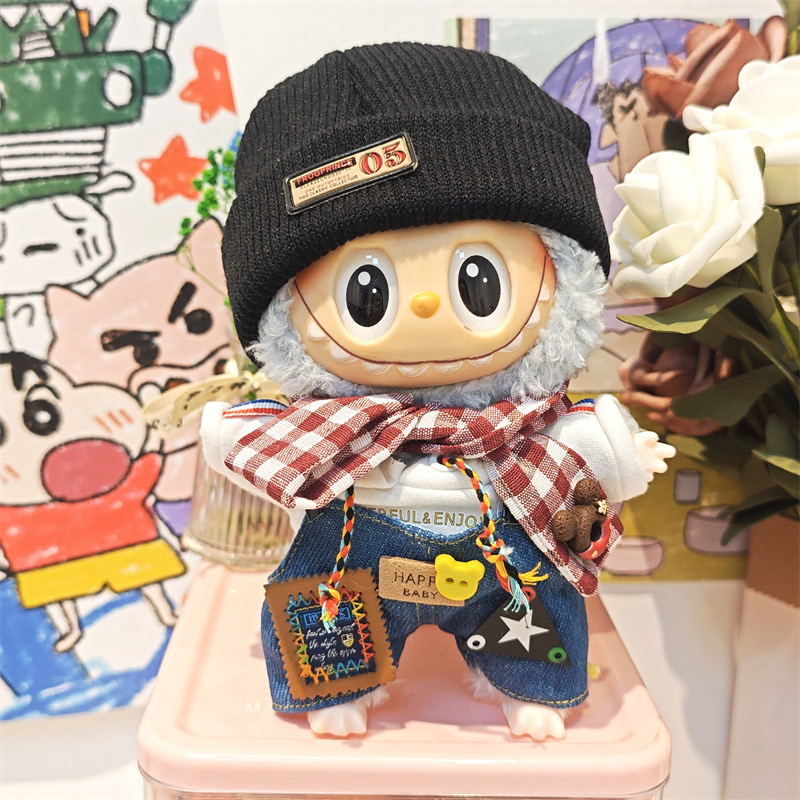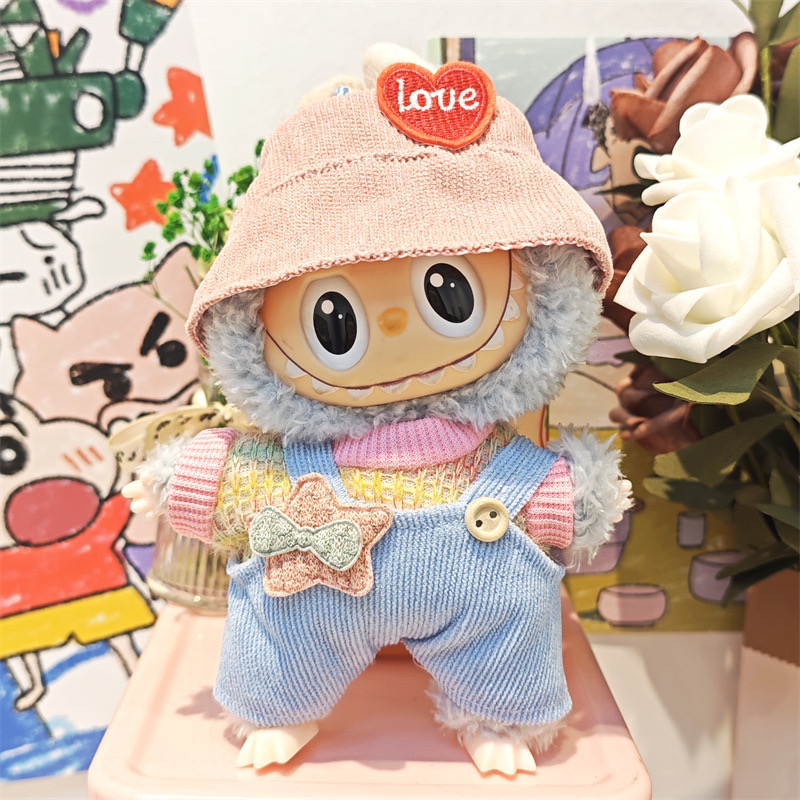The Design Process Behind Character-Driven PVC Figures

You experience the design process behind character-driven PVC figures as a journey that begins with a concept. Each concept shapes the figure’s personality, look, and story. Artists use the concept to guide every design choice, from pose to expression. You see the process move through 3D modeling, prototyping, and painting. The concept stays at the center as you watch figures come to life. This design process blends creativity, technology, and skilled hands. You face the unique challenge of showing a character’s style and spirit in every figure.
Key Takeaways
-
Start with a strong character concept that guides every design choice, from pose to color.
-
Use references and planning tools to keep your design consistent and true to the character’s personality.
-
Digital sculpting and 3D printing speed up prototyping and help create detailed, lifelike figures.
-
Good mold making and hand painting bring out the fine details and quality in each figure.
-
Thorough quality checks and careful packaging ensure figures reach collectors in perfect condition.
Concept and Character Design Process

When you start the design process for anime figures, you begin with a strong concept. This concept shapes every step, from the first sketch to the final product. You focus on the character’s personality, backstory, and visual style. These elements guide your choices and help you create figures that feel alive and unique.
Defining Character Traits
You need to understand what makes your characters special. The character design process starts with questions. What does your character want? How do they act? What emotions do they show? You answer these questions by building a character concept that includes goals, fears, and dreams. This concept becomes the heart of your design.
Character design theory helps you show personality through visual choices. You use silhouette and shape language to make figures stand out. For example, a hero might have a bold, upright pose, while a shy character could have a closed, gentle stance. Color theory also plays a big role. Bright colors can show energy, while soft tones might suggest calmness. Body language and facial expressions add even more depth. You make sure every detail matches the character’s story.
Recent research in character modeling shows that you can use psychological theories to build personality traits. By collecting personality data and applying models, you create profiles that feel real. This approach, used in both AI and physical design, proves that character design theory is key to making anime figures with strong personalities. Experts like Justin Rodrigues say that every design choice should reinforce who the character is. You want people to recognize your figures at a glance.
Creating Character Profiles
After you define traits, you create a character profile. This profile acts as a blueprint for your anime figures. You include details like age, favorite items, and special skills. You also add sketches that show different poses and expressions. Model sheets help you keep the design consistent from every angle.
You use references from other designs, such as Miyazaki characters, to inspire your work. Sketchbooks and photos help you refine your drawings over time. You might start with simple shapes, like a “seed” for the head, to make sure you can draw the character from any view. This step-by-step process helps you build a strong character concept.
Design portfolios often show how a character profile grows. You see early sketches, model sheets, and final colored versions. Some portfolios include storyboards that show the character in action. Others display finished figures in exhibitions, letting you see the journey from concept to collectible.
Tip: Always keep your character profile close during the design process. It helps you stay true to the original concept and ensures your anime figures capture the right personality.
You follow a clear path in the character design process:
-
Brainstorm and develop a character concept with sketches and storylines.
-
Sculpt detailed models to bring the concept to life.
-
Create prototypes and refine them using feedback.
-
Use model sheets and references to keep the design consistent.
-
Prepare the final character profile before moving to the next stage.
By focusing on the concept and character design, you set the foundation for anime figures that stand out. Every choice you make, from pose to color, builds on the character profile and brings your figures to life.
Research and Design Planning
Gathering References
You start the design process by collecting references. This step helps you understand the world your characters live in. You look for images, artwork, and even real-life objects that match your vision. You might use art books, online galleries, or photos from nature. These references guide your character design and help you stay true to the original concept.
You can create a mood board to organize your ideas. A mood board is a collage of images and sketches that show the style and feeling you want. This tool helps you see patterns and make better design choices. You also study other figures and prototypes to learn what works well. By comparing different designs, you find inspiration for your own work.
Tip: Keep your reference materials close during every stage of the process. They will help you keep your character design consistent and strong.
Planning Pose and Accessories
Planning is a key part of the design process. You decide how your characters will stand, what expressions they will show, and which accessories they will hold. Each choice should match the character design and personality. For example, a brave hero might have a wide stance and a confident smile. A shy character could have a gentle pose and soft eyes.
You sketch different poses to see which one fits best. You also plan the accessories, like weapons, books, or pets. These items tell more about your characters and make the figure unique. You use planning sheets to keep track of every detail. This helps you when you move to the prototype stage.
Here is a simple planning checklist:
-
Choose the main pose for your character design.
-
Select facial expressions that match the character design.
-
List all accessories that fit the character design.
-
Review your planning with your team before making the prototype.
Planning helps you avoid mistakes later in the process. You make sure every part of your design supports the story you want to tell. When you finish this stage, you have a clear plan for your prototype and the next steps in the design process.
3D Modeling and Prototyping

Digital Sculpting for Anime Figures
You begin the next stage of the design process by moving your ideas into the digital world. Digital sculpting lets you shape anime figures with amazing detail. You use 3D design software like ZBrush, Maya, or Blender. These programs help you sculpt, texture, and pose your figures just like working with clay, but on a computer. You can zoom in to add tiny details, such as hair strands or folds in clothing. This step is important because it sets the foundation for a high-quality prototype.
The m3dsacademy.com resource explains that digital sculpting software is now essential for 3D character modeling. You need skills in sculpting, texturing, and rigging to create lifelike anime figures. The shift from traditional clay to digital sculpting has made the design process faster and more flexible. You can try new ideas, fix mistakes, and make changes without starting over. This technology helps you capture the unique style and personality of each figure.
Tip: Save your work often and use layers in your design software. This makes it easier to test different looks for your figures.
3D Printing and Refinement
Once you finish your digital sculpt, you turn your design into a physical prototype. You use 3D printing to bring your anime figures to life. This step has changed the industry. In the past, making a prototype could take months. Now, advanced 3D printers can create a prototype in just a week. You can see your design in real life and check every detail.
The ‘Road to Reality’ report shows how 3D printing technology, like UnionTech’s SLA printers, has improved the process. You can now create high-precision prototypes with less time and lower costs. You also get to test your figures and make changes quickly. If you spot a problem, you can fix your digital model and print a new prototype. This cycle helps you perfect your design before mass production.
You follow these steps to refine your prototype:
-
Print the first version of your figure.
-
Check for errors or weak spots.
-
Adjust your digital design if needed.
-
Print again and repeat until the prototype matches your vision.
Industry reports show that 3D printing has made prototyping faster and more accurate. You can now create complex shapes and fine details that were impossible before. This means your anime figures look better and reach collectors sooner.
Mold Making and Painting
Creating Molds
You move to the next step in figure production by creating molds. This stage is essential for mass production of character-driven PVC figures. You start by designing the mold based on your digital prototype. The mold must capture every detail from your character design. You focus on features like draft angles and parting lines. These details help you remove the figures from the molds without damage.
Injection molding works best for high-volume production. You use this method because it handles complex designs and keeps costs low after the first setup. The production process needs careful control. You must watch for defects like warpage, which can happen if the mold cools unevenly. Good mold design and close control of the production process help you avoid these problems. This ensures your figures look sharp and last long.
Note: Mold making has high initial costs, but it makes figure production affordable and scalable. You can produce thousands of figures with one set of molds.
Hand Painting and Detailing
After you finish the molding stage, you focus on painting and detailing. This part of the production process brings your character design to life. Skilled artisans use brushes and airbrushes to add color and fine details. You see how careful hand painting makes each figure unique. Artisans follow the character design closely, matching colors, textures, and tiny features.
Collectors value figures with hand-painted details. These touches show the dedication and skill behind each figure production. You notice that vintage figures stand out because of their lifelike paint and textures. The production team checks every figure for quality. They make sure the painting matches the original character design and meets high standards.
Tip: Hand painting and finishing touches make your figures special. They help you capture the true spirit of your character design.
You complete the figure production process by combining precise molds with expert painting. This blend of technology and artistry ensures your figures reflect the best of character design and production.
Final Production and Release
Quality Checks
You reach the final stage of the design and production process. Here, you focus on quality checks to make sure every figure meets high standards before release. You use a detailed checklist to review each figure. You look for paint errors, missing parts, and any flaws in the design. You test the figures in an environment that matches real-world conditions. This step helps you catch problems before the figures reach collectors.
-
You track the number of test cases created and completed.
-
You record how many tests pass or fail.
-
You note any defects found, especially critical ones.
-
You use detailed steps and expected outcomes for each test.
-
You generate reports that show test results and coverage.
-
You require all critical issues to be fixed before release.
-
You get sign-off from senior staff to confirm the figures are ready for release.
These steps help you keep the design and production process consistent. You make sure every figure matches the original vision and is ready for release.
Packaging and Shipping
After quality checks, you prepare the figures for shipping. You use strong packaging to protect each figure during transport. You choose materials that meet safety and environmental rules. You use plastic strapping with the right strength and tension. You add corner protectors to stop carton edges from collapsing. You avoid pyramid stacking on pallets to keep the figures safe.
-
You use clear stretch film, not PVC film, for wrapping.
-
You pick recyclable materials to help the environment.
-
You follow rules that ban hazardous materials in packaging.
-
You design packages to be easy and safe to handle.
You check every package before release. You want each figure to arrive in perfect condition. You also plan the release by preparing marketing materials and sharing news with collectors. You make sure the design and production process ends with a successful release. Collectors get figures that show the best of your design and production skills.
You see that the design process for character-driven PVC figures involves many careful steps.
-
You start with character selection and planning.
-
You move through design planning, prototype creation, and artistic review.
-
You prepare for mass production and painting before the final release.
Each stage shapes the final figure. If you want to become a designer, try mixing traditional sketches with digital tools. When you look at a new figure, remember the skill and time behind its design and release.
FAQ
How long does it take to design a PVC figure?
You usually spend several months on one figure. The process includes concept art, 3D modeling, prototyping, and painting. Each stage needs careful work to make sure the final figure looks just right.
What materials do you use for PVC figures?
You use polyvinyl chloride (PVC) for most figures. This material is strong and flexible. Sometimes, you add other plastics for small parts or details. These materials help your figures last a long time.
Why are molds important in figure production?
You need molds to shape each figure. Molds let you make many copies that all look the same. Good molds help you keep details sharp and reduce mistakes during production.
Can you customize a PVC figure after buying it?
You can paint or add small details to your figure at home. Use model paints and soft brushes for best results. Be careful not to damage the surface or joints while customizing.
See Also
A Complete Guide To Designing Personalized Figurines
Steps To Crafting Your Very Own Custom Action Figures
Discovering The Legendary Characters Of Marvel Figure Factory
Detailed Instructions For Personalizing Your Roblox Figures
Comparing Avatar Factories And Figure Factories Explained